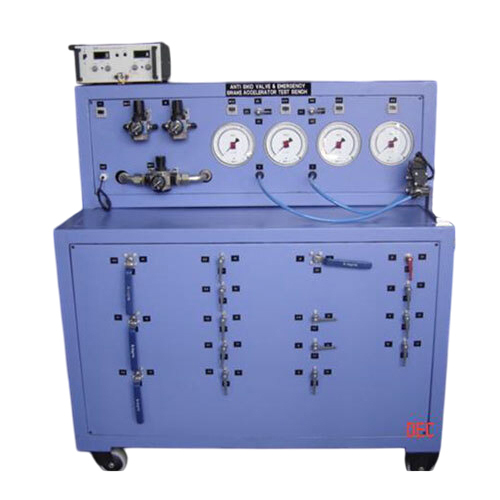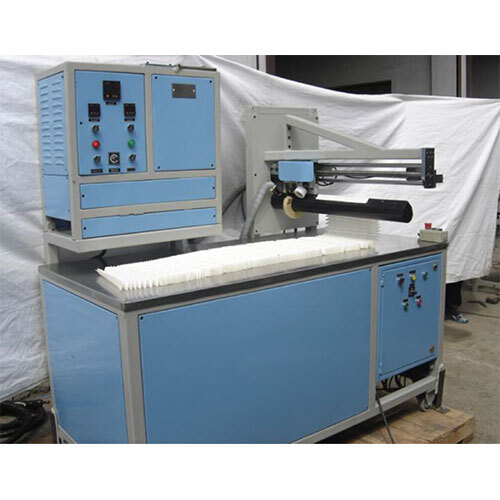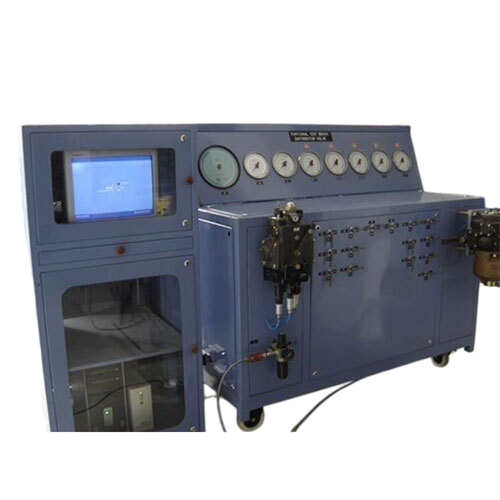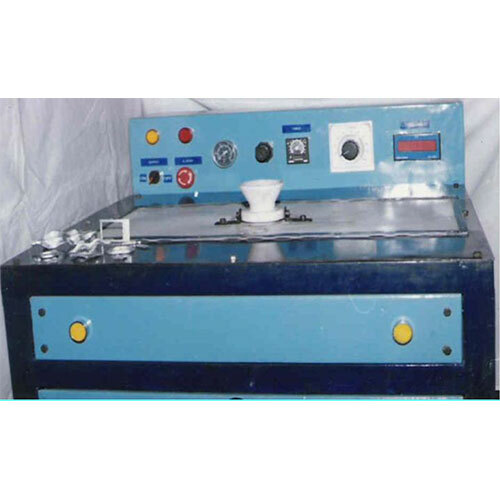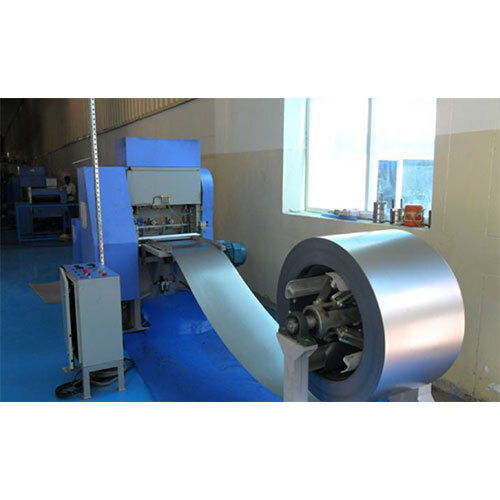A railway test rig is a specialized piece of equipment or facility used to simulate real-world conditions for testing railway components, vehicles, and systems. It enables manufacturers, engineers, and researchers to evaluate the performance, safety, and durability of railway elements under controlled conditions before they are put into service.
Here are some key features and uses of railway test rigs:
1. Types of Railway Test Rigs:
- Track Testing Rigs: These simulate various track conditions to test the behavior of railway vehicles (trains, locomotives, etc.) and their components like wheels, suspension systems, and braking systems under realistic forces.
- Rolling Stock Test Rigs: These test the performance of the rolling stock (trains or wagons), including things like wheel alignment, vibrations, noise levels, and structural integrity. They can simulate track movements, speed, and various operational scenarios.
- Braking Systems Test Rigs: These rigs are used to test the braking efficiency and safety of trains under different conditions, including high-speed braking and emergency braking situations.
- Traction and Power Systems Test Rigs: These are used to evaluate the traction power, electrical systems, and energy consumption of railway vehicles, especially for electric trains.
2. Key Testing Areas:
- Structural Integrity: Ensuring that the trains and components can withstand various stress loads over time.
- Safety Systems: Testing features such as automatic train control (ATC), braking systems, and collision avoidance systems.
- Performance Evaluation: Testing maximum speed, acceleration, deceleration, and efficiency under different operational conditions.
- Comfort and Vibration: Analyzing vibrations, noise levels, and ride comfort, especially for passenger trains.
- Environmental Resistance: Checking how components perform under extreme weather conditions, such as heat, cold, humidity, and even saltwater exposure (for coastal regions).
3. Applications:
- Prototyping and Development: Before a new train or railway vehicle is produced, manufacturers use test rigs to ensure its design and components meet required standards.
- Maintenance Testing: For existing railway vehicles, test rigs are used during maintenance cycles to verify the condition of components like wheels, axles, and braking systems.
- Research and Development: Engineers use test rigs to innovate new technologies or materials, improving safety, efficiency, or sustainability in the railway industry.
4. Advantages of Railway Test Rigs:
- Safety: By testing components in a controlled environment, the risks associated with faulty parts or failure during actual train operation are minimized.
- Cost Efficiency: Testing systems on a rig can be more cost-effective than real-world trials, as it allows for repeated tests and simulations without needing to use actual trains or track infrastructure.
- Time Efficiency: It speeds up the development process since manufacturers can test multiple aspects of a train's performance simultaneously.
5. Types of Testing Equipment within the Rig:
- Sensors: To measure various parameters such as speed, pressure, temperature, vibration, and load.
- Actuators: These simulate the motions and forces that components will experience in real-world operations, such as simulating train acceleration or braking.
- Load Cells: Used to simulate the weight distribution and stress placed on different parts of the vehicle or track.
In summary, railway test rigs are essential tools in the design, manufacturing, and maintenance of railway systems. They provide valuable insights into the safety, durability, and performance of railway vehicles and infrastructure, contributing to more reliable and efficient rail transport.


 English
English Spanish
Spanish French
French German
German Italian
Italian Chinese (Simplified)
Chinese (Simplified) Japanese
Japanese Korean
Korean Arabic
Arabic Portuguese
Portuguese
